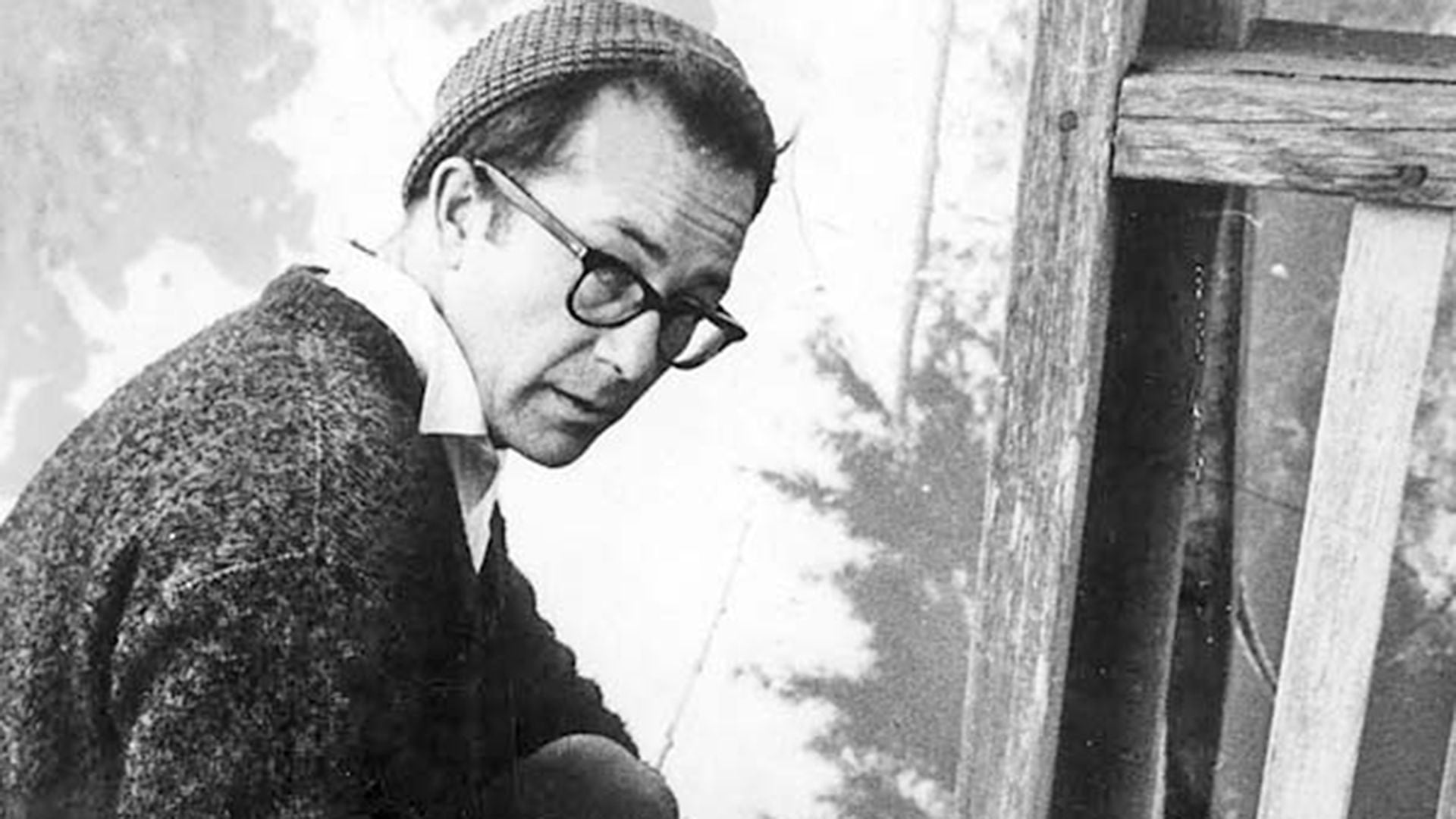
Where are they?
The trace of Walsh's unpublished work is not lost at ESMA.
That was not the last destination where they saw the stolen papers in San Vicente.
Following their course was a complex task.
A sinuous and incomplete reconstruction.
The survivors credited that they had seen them in different sectors of the clandestine center: El Dorado, La Pecera and a closet in the Basement office. All this happened between 1977 and 1978. In those months, the sailors managed to sort, classify and file all of Walsh's papers. There is no indication that they would have decided to burn them or tried to get rid of them.
The intention to preserve them was obvious.
Even today.
Each task group had its own file that was generated with the documentation stolen from the operatives. It was the way to gather information to be able to put together the organizational chart of the different structures in Montoneros. A kind of puzzle in each area of militancy.
With that map the hunt became more effective.
The documentation circulating through ESMA was microfilmed. Part of the work was done inside the clandestine center. The other was on the premises of an audiovisual production company called Chroma S.A. that the Navy had set up in Besares 2025, in the neighborhood of Núñez. The property where the company operated was in the name of Juan Héctor Ríos, a false identity used by frigate lieutenant Jorge Radice. In that place, microfilming was only made at dawn, when the production company was not in operation.
The order had been clear: three copies had to be made of each document.
One was going to end up in the Naval Intelligence Service file.
The final fate of these documents remains a mystery, but it is clear that Radice is a key character in Walsh's path of papers. He was a man of the utmost confidence of Admiral Emilio Eduardo Massera. For this reason, and for his accounting knowledge, he was assigned the Treasury of the clandestine center. Although he never left his operational position, he was in charge of ESMA's finances.
In the first months of 1979, with Massera out of command, it was decided to remove from the clandestine center all the sensitive documentation they sought to preserve. Commander Armando Lambruschini had replaced him a few months ago. The change of hands gave rise to internal misgivings.

Several boxes full of papers went to different homes. One of them was provided by Radice. Since the beginning of that year, Ruger, as they knew him at ESMA, made his parents' house available to the Massera presidential project on the corner of Zapiola and Jaramillo, Saavedra. It was refurbished to function as an office where a group of detainees carried out media monitoring tasks. The daily clipping reports went to the other Massera office in Cerrito 1136.
The prisoners, who were forced to work, carried out a work routine under the supervision of Radice's cousin named Barletta, who was on duty and lived a few meters from the place.
Inside the house, the detainees were placed in a room on the first floor, which had a giant table where they supported the newspapers to read, mark and summarize them. They could use the bathroom, kitchen and patio, some even stayed overnight; but they were forbidden to go near one of the rooms on the ground floor, which was always locked.
Cambios
I visited the house of Jaramillo and Zapiola in October 2021, about the end of the research for this book. It was a sunny, hot afternoon.
I had no hope of finding anything but the need to know what the place I was writing about was like, the place where the trace of Walsh's papers is lost.
The house had changed its facade. Also part of its structure. The cream color it had in the seventies had been replaced by a deep green. The latest refurbishment allowed it to be subdivided into three horizontal properties: two with entry through Zapiola, the other — smaller — through Jaramillo. It was the real estate agency Guidetti, the most traditional in Saavedra, that put them up for sale in 2004.
When I got to that corner, I noticed that one of the doors was open.
I approached.
A married couple drank mate on the sidewalk.
I was able to look inside and talk to its new inhabitants, who were interested in why he was taking pictures of the front of his house. I told them about my research and warned that they were unaware of what had happened in that place more than forty years ago.
- Did they kill anyone in here? one of them asked uneasily.
“I don't think so,” I replied.

The neighbors of the other two houses were also friendly. Although they only lent themselves to a telephone dialogue.
I was able to certify that the forbidden room, where the sailors had hidden the box with Walsh's papers, no longer existed. The refurbishment had modified the original design of the house. The old garage with entrance on Zapiola had been used to build two livings, one for the house numbered 3696 and the other for that of 3698.
The office on the first floor, where they were subjected to intellectual work, was intact. Although an air conditioner had been added, the windows to the street were the same as those described by the survivors in several interviews.
The courtyard no longer existed. Part of its space had been used to extend the covered meters.
The house with the forbidden room had been broken into three.
A way to make reconstruction even more complex, I thought.
Who ordered this reform?
Was the house still owned by seaman Radice?
Who disarmed that office where they subjected a group of ESMA prisoners to work for the Massera presidential project?
Who took out the box with Walsh's papers?
The answers to all these questions would allow us to get closer to knowing what happened to the unpublished stories and all the documentation stolen in the San Vicente operation.
In the house only two people came into contact with the box: Lucy and the Pelado Diego. No one else. The two became the last witnesses of a material that the sailors sought to preserve.
Lucy was not Lucy but Mercedes Inés Carazo. He was a senior officer of Montoneros. He had fallen on October 21, 1976 in the neighborhood of Caballito, when he was walking along La Plata Avenue towards Rosario Street. She was intercepted in front of a red-brick church, meters from a bar. Two men in plainclothes threw themselves at him shouting that it was an anti-drug operation. Carazo had no alternative. She struggled as far as she could and desperately shouted her name and phone number, but to no avail. They put her in a Falcon, handcuffed her, covered her face with a hood and took her to ESMA. At the time of the fall I was in a pair with Marcelo Daniel “El Monra” Kurlat, the head of the North Column of Montoneros.
Many stories were written about his time in the clandestine center. My interest was only focused on the route that Walsh's documents followed. I learned that Lucy's father was José María Carazo, a historic secretary of the referent developmentalist Rogelio Frigerio. I also confirmed that, thanks to these political ties, he managed to go into exile in Peru in 1980 to start a new life.
KEEP READING:
Últimas Noticias
Debanhi Escobar: they secured the motel where she was found lifeless in a cistern

The oldest person in the world died at the age of 119

Macabre find in CDMX: they left a body bagged and tied in a taxi
The eagles of America will face Manchester City in a duel of legends. Here are the details

Why is it good to bring dogs out to know the world when they are puppies



